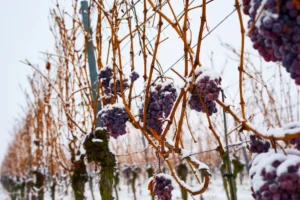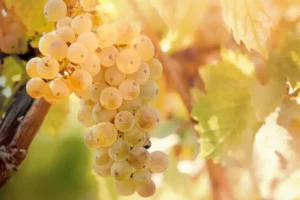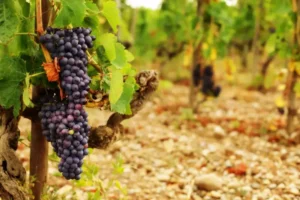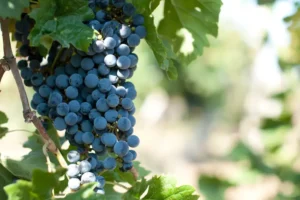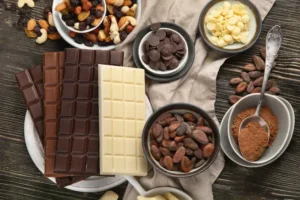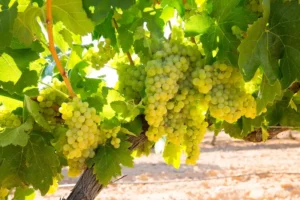Why Glassware Matters
Wine glasses aren’t just about aesthetics – the shape influences aroma, flavour, acidity, and even how the wine flows across your palate.
Different styles emphasise different characteristics:
- Wider bowls enhance aromatics and soften tannins.
- Narrower bowls preserve freshness and acidity.
- Tall, slim shapes help maintain bubbles in sparkling wines.
You absolutely don’t need a full cupboard of specialised glasses – a couple of well-chosen shapes will work for 99% of wines.

The Best Wine Glass Shapes for Each Style
1. Red Wine Glasses
Red wines usually benefit from larger bowls. These allow more oxygen to interact with the wine, helping tannins soften and aromas open up.
Bordeaux Glass – Large, Tall Bowl
Best for:
- Cabernet Sauvignon
- Merlot
- Syrah/Shiraz
- Malbec
Why it works:
The tall bowl directs the wine to the back of the mouth, balancing tannins and showcasing dark fruit flavours.
Burgundy Glass – Large, Wide Bowl
Best for:
- Pinot Noir
- Nebbiolo
- Barbera
Why it works:
The huge bowl maximises aeration and channels delicate aromas – perfect for aromatic reds with softer tannins.
2. White Wine Glasses
Whites generally need smaller, more tapered bowls to keep them cool and highlight freshness.
Standard White Wine Glass – Medium Bowl
Best for:
- Sauvignon Blanc
- Pinot Grigio / Pinot Gris
- Albariño
- Riesling (dry styles)
Why it works:
Preserves acidity and freshness while directing aromas toward the nose.
Full-Bodied White Glass – Slightly Larger Bowl
Best for:
- Chardonnay
- Viognier
- Oaked whites
Why it works:
A bit more space allows richer aromas (butter, vanilla, toast) to open up without losing structure.
3. Rosé Wine Glasses
Rosé sits between white and red, and so does its ideal glass.
Rosé Glass – Slightly Tapered, Medium Bowl
Best for:
- Provence rosé
- Dry rosés
- Fruity rosés
Why it works:
Keeps freshness intact while enhancing delicate red fruit notes.

4. Sparkling Wine Glasses
Sparkling wine needs a shape that preserves bubbles and enhances aromas – without being so narrow that you can’t smell anything.
Tulip Glass – Ideal Choice
Best for:
- Champagne
- Prosecco
- Cava
- Crémant
Why it works:
Narrow enough to keep bubbles, but wider than a flute so the aromas open up.
Avoid:
- The Traditional Flute: Looks pretty, but too narrow for proper aromas.
- The Coupe: The bubbles disappear instantly (they look fun in old movies, though!).
5. Dessert Wine Glasses
Dessert wines are served in small pours, so smaller glasses work best.
Small Aromatic Glass – Tiny Bowl, Narrow Rim
Best for:
- Sauternes
- Ice Wine
- Port
- Tokaji
- Sherry
Why it works:
Concentrates rich, sweet aromas without overwhelming the palate.
What About Universal Glasses?
If you want to keep things simple, a universal wine glass is a fantastic all-rounder.
Great for:
- Most reds
- Most whites
- Rosé
- Sparkling
Look for:
- Medium bowl
- Slight taper
- Thin rim
Brands like Jancis Robinson, Gabriel Glas, Riedel, Schott Zwiesel, Lehmann, and Zalto make excellent versions at different price points.
How to Choose Good Glassware
You don’t need expensive glasses – just well-designed ones. Look for:
- Thin rim: feels elegant, improves flow
- Clear glass: so you can actually see the wine
- Tapered bowl: captures aromas
- Stemmed design: keeps wine cool – stemless glasses warm wine faster
If you prefer stemless for practicality, serve the wine cooler than usual to compensate.
Wine Glass Summary Table

How to Care for Wine Glasses
- Hand-wash if possible using warm water and no scented soap.
- Avoid the dishwasher for very delicate glasses.
- Polish with a microfibre cloth while the glass is slightly warm.
- Hold by the bowl when drying to avoid snapping the stem.
Final Tips
- Don’t stress about having every glass style – a universal option or one for fuller whites and reds + one for sparkling is more than enough.
- The biggest upgrade you can make? Switch from thick-rimmed glasses to thin ones.
- If you’re serving wine at the right temperature, the right glass will take it even further.


